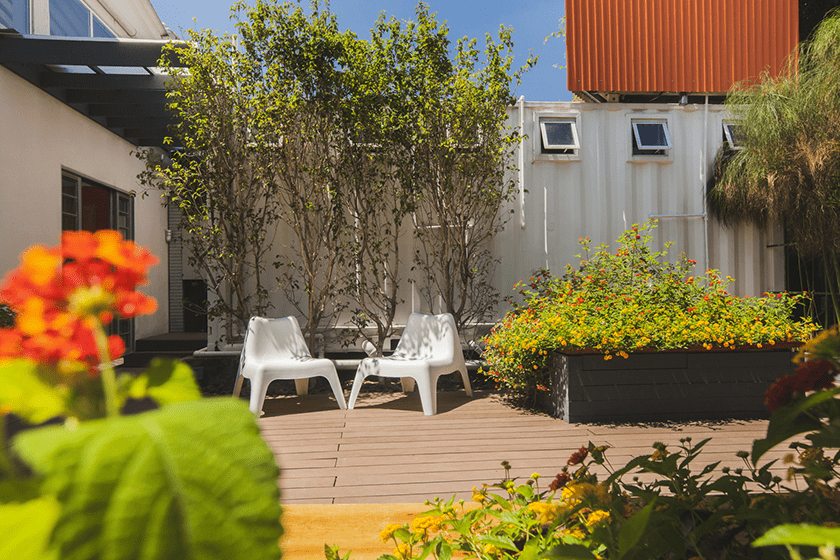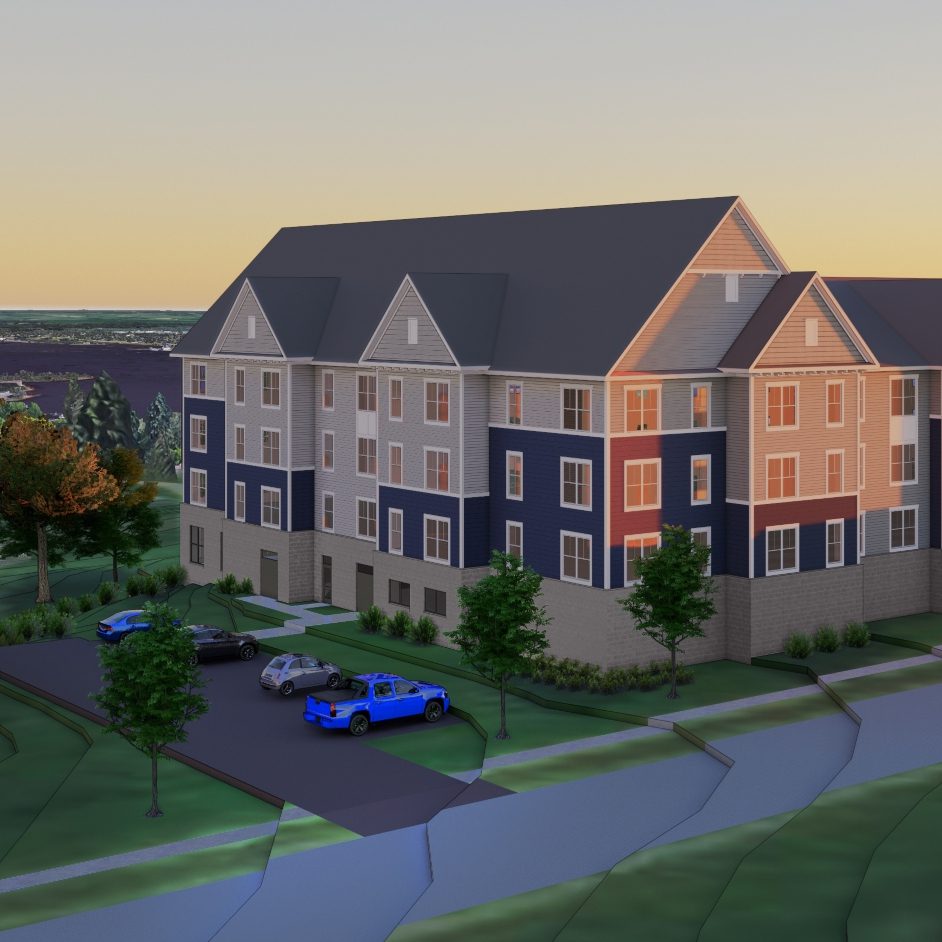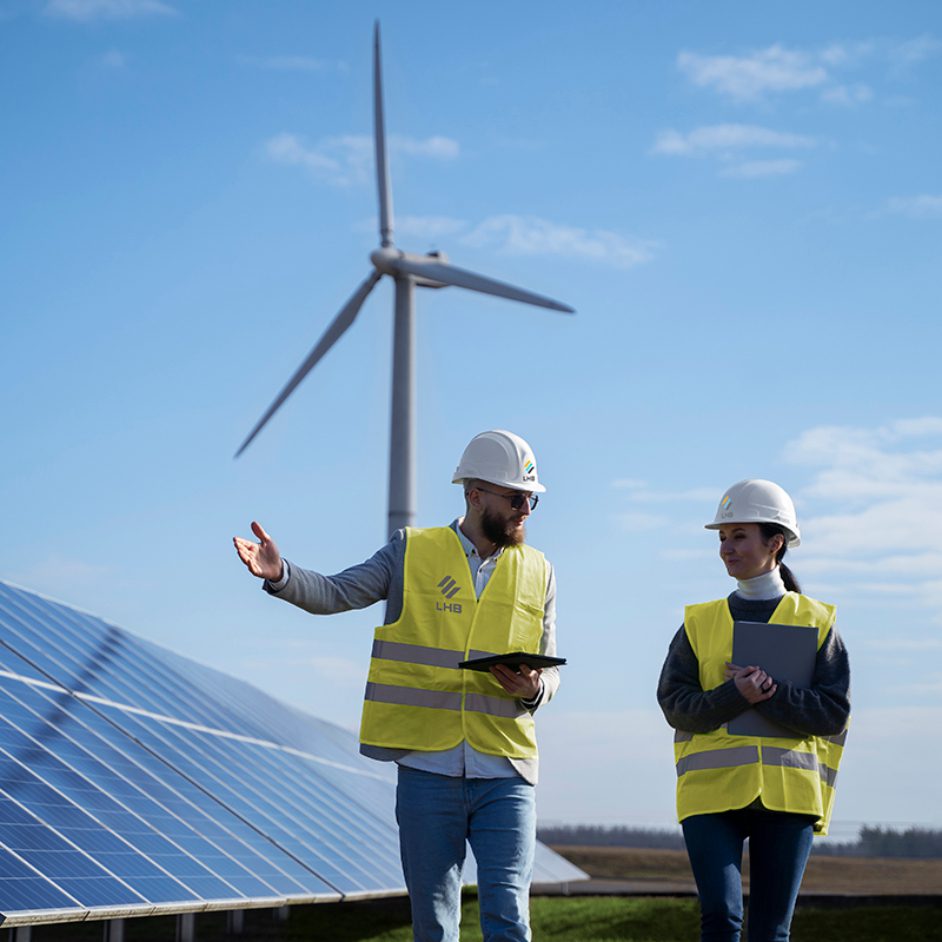
As a Diamond-level sponsor of USGBC MN, LHB co-offices with the USGBC MN staff in Minneapolis. The Performance Driven Design editors invited Brent Suski to post as a guest blogger.
According to the 2030 Challenge, “the urban built environment is responsible for 75% of annual global GHG emissions and buildings alone account for 39%.” The impact of these emissions and subsequent changes to our global climate were illustrated last October when the Intergovernmental Panel on Climate Change (IPCC) issued a report describing the environmental, human and societal health, and economic impacts of a 1.5C to 2C increase in global temperatures above pre-industrial levels. In sum, climate change requires fundamental shifts to the structure and consumption habits of human society, as well as adaptive and integrated carbon reduction and sustainable development strategies deployed at all scales.

For over two decades, LEED has guided and pushed projects to aim for higher performance and to reduce greenhouse gas emissions through integrated building strategies impacting energy, transportation, water, waste, and materials. The built environment plays a critical role in accelerating the transition to a low-carbon society and enhancing the health of natural and human ecosystems.

While USGBC has always pushed the market to do better, we know we can push harder and faster than ever before, but we need your help. Building on the success of LEED as a market transformation tool, LEED Zero verifies the achievement of net zero goals and signals market leadership in the built environment. Participants can pursue LEED Zero Carbon certification and/or LEED Zero Resource certifications concurrently.
- LEED Zero Carbon recognizes buildings or spaces operating with net zero carbon emissions from energy consumption and occupant transportation to carbon emissions avoided or offset over a period of 12 months.
- LEED Zero resources
- Energy recognizes buildings or spaces that achieve a source energy use balance of zero over a period of 12 months.
- Water recognizes buildings that achieve a potable water use balance of zero over a period of 12 months.
- Waste recognizes buildings that achieve GBCI’s TRUE Zero Waste certification at the Platinum level.
LEED Zero encourages a holistic approach for buildings and places, which will contribute to a regenerative future. This is part of a vision to ensure that the next phase of USGBC’s efforts will be LEED Positive, where buildings are actually generating more energy than they use and removing more carbon than they produce.
Get the LEED Zero Program Guide to learn more about the process and calculations.
This program is open to all LEED projects currently certified under the BD+C or O+M rating systems or registered to pursue LEED O+M certification. If you are working with a client who is visionary, aspirational, and can achieve zero carbon or net zero energy, water, or waste, let’s connect. Please reach out to Brent Suski: bsuski@usgbc.org to learn more.

